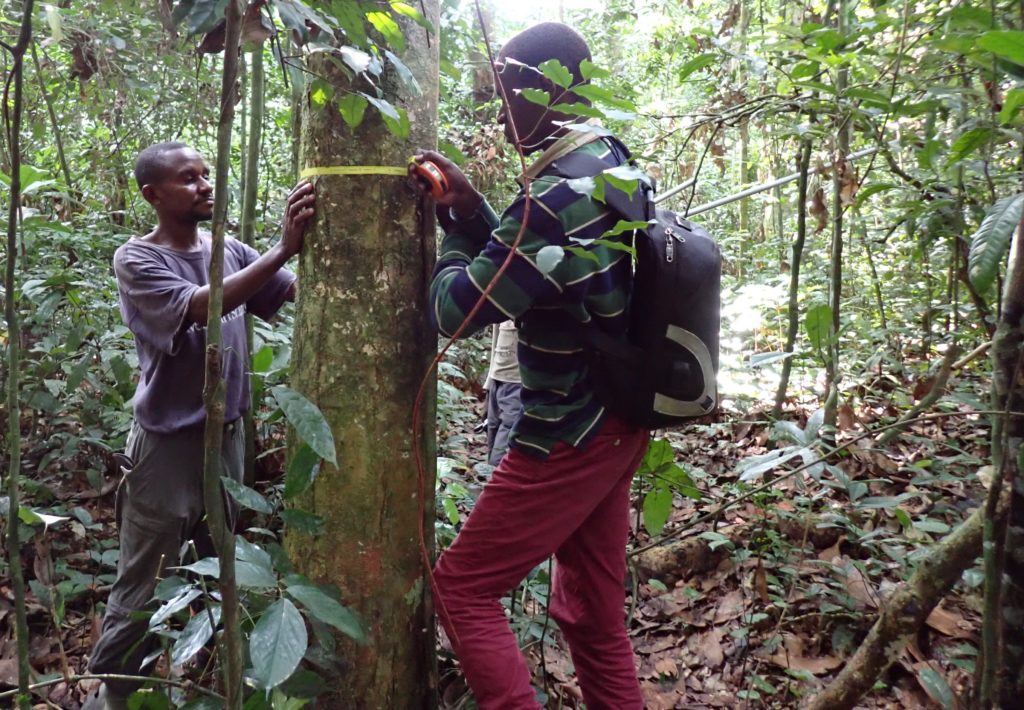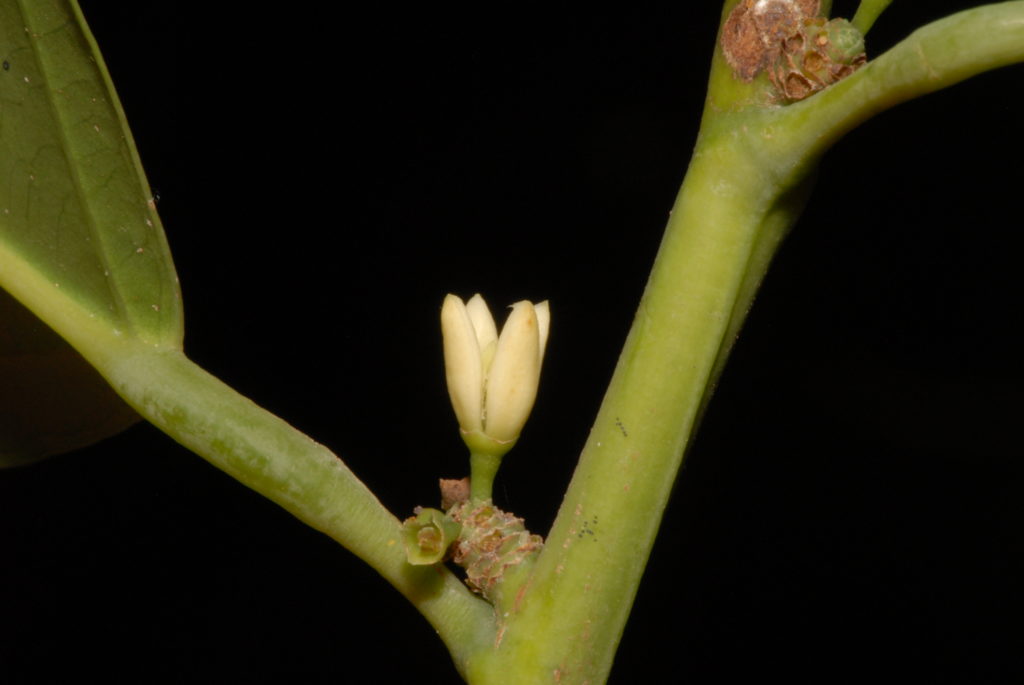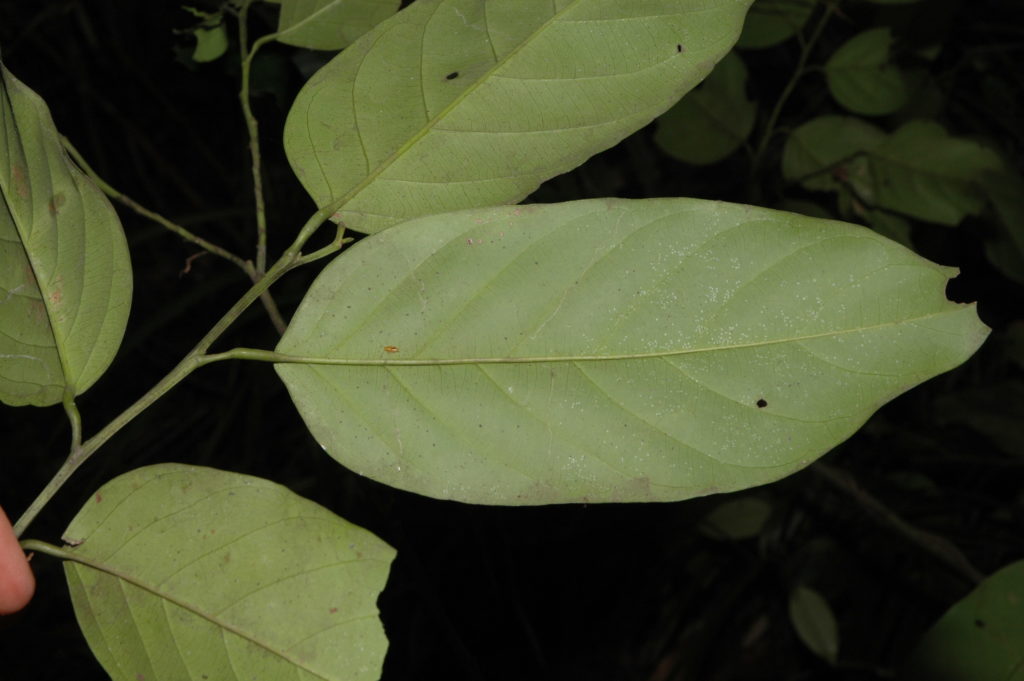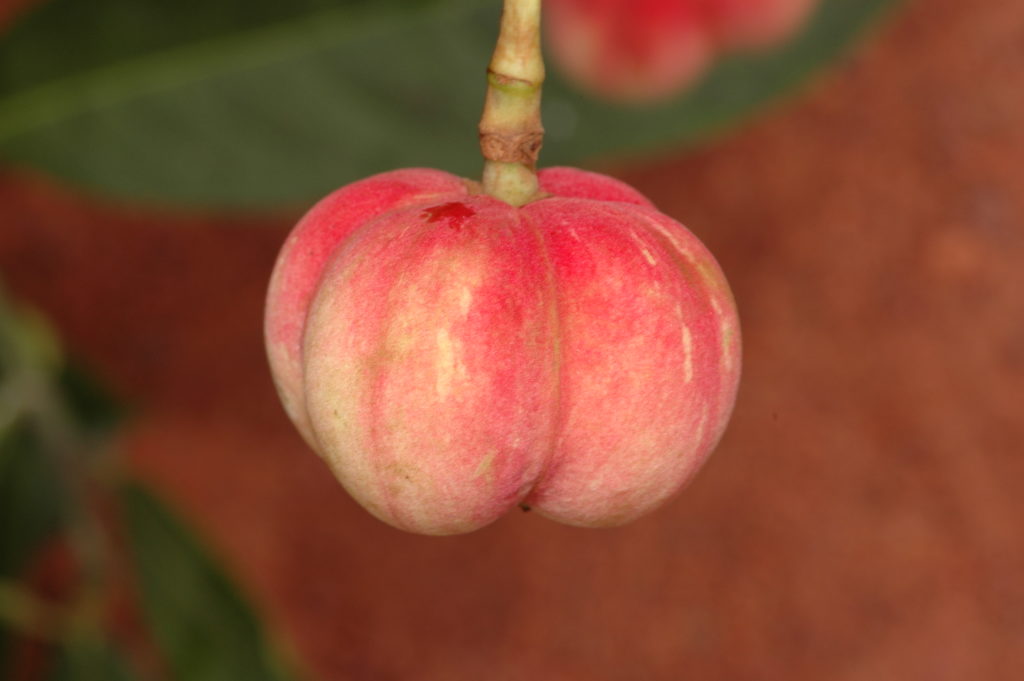A study published in the journal Nature led by colleagues at University College London using data generated by hundreds of scientists from around the world including at RBGE has shown that the patterns of common trees across tropical forests is very similar in Africa, Asia and the Americas.
It has long been known by biologists that there is a short list of common species in tropical forests and a long list of rare species. This is often summed up in the pithy phrase “common is rare and rare is common” and it applies in most ecosystems. Darwin realised this for plants and animals and he is cited in the paper. What this study shows for the first time is how the ratio of common to rare species for trees in the three largest tropical forests (Amazonia, Africa, Asia) is almost exactly the same. Given the huge differences in several aspects of forests across the three continents this finding suggests that there may be a common underlying explanation of why there are so few common tree species. That is: why is it unusual to be a common species and being rare the normal thing to do?

One of the commonest trees in forests in Africa is Gilbertiodendron dewevrei. It is a special species because it forms huge stands dominated by that one species, something very unusual in a tropical rain forest. That species is the focus of a PhD by Ellen Heimpel here at RBGE. You can read a bit about Gilbertiodendron dewevrei forest here. Ellen has a paper coming out soon on Gilbertiodendron dewevrei in central Africa so keep an eye open for a botanics story on that.
Not all the common trees on the list generated by the team of 356 scientists are large trees, some of them like Tabernaemontana crassa are understory trees. You can read more about Tabaernemontana crassa here in Harris et al (2011) An introduction to the trees from the north of the Republic Congo.

Another common or “hyperdominant” species is Strombosiopsis tetandra. Very little is known about the ecology of this species – like many of the common species it does not even have a Wikipedia entry yet. In contrast to Wikipedia people in Africa have many different local names for this species from Nigeria to Uganda. In the Sangha Trinational Area in it is called Njobe in Bambenjele language spoken by the Aka people who know it well. It’s one of the easiest trees to identify in the forest, once you get your eye in for its slightly irregular trunk and the reddish brown dried leaves on the ground, as well as a cryptic character shown below. The fruits are single seeded and the flowers small and white. It is one of the few species of tree in that can tolerate its roots being flooded, although it is commoner on dry sites than in flooded forests.

The leaf stalk or petiole of Strombosiopsis tetandra is slightly swollen at the top, just below the leaf blade. You can see that in the photograph above. It is subtle characters like this that allow at the botanists to identify the thousands of trees that occur in tropical forests, and in this study to work out which are the commonest or hyperdominant species.
Several of the very common species in Africa are slow growing. An exception is Dichostemma glaucescens. Its strategy is “grow fast and die young”. It’s trunk rarely gets greater than 15 cm in diameter and it flowers and fruits at half that size. Like the slower growing Strombosiopsis tetandra it can occur in wet places but it also is a light-demander growing in light gaps or clearings in the forest.

Declan Coopers’s paper makes a great case for the careful study of these common trees in addition to studying the rare ones. As Simon Lewis the senior author on the paper says in the press release “quick and important gains in knowledge might come from a scientific focus on the commonest tree species.”
References
Cooper D., Lewis S. et. al. (2024) Consistent patterns of common species across tropical tree communities. Nature https://doi.org/10.1038/s41586-023-06820-z
Harris, D.J., Moutsamboté J.-M., Kami, E., Florence, J., Bridgewater, S. & Wortley, A.H., (2011) An introduction to the trees from the north of the Republic Congo and the French edition: Royal Botanic Garden Edinburgh.
